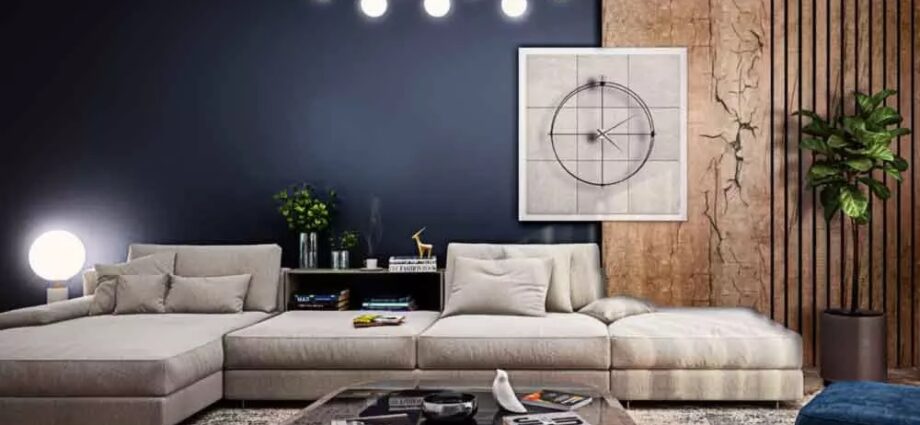Interior design has long been celebrated as a form of expression and style, enabling residents to express themselves through their decor. There are a great number of motivations for curating living spaces, from the aesthetic to the environmental. However, in recent years, the quality of wellness has transformed the interior design landscape, leading to a shift in perspective and a range of new property trends.
This conscientiousness toward well-being has been building considerably over the past few years, largely motivated by the issues surrounding (and in the wake of) the health crisis of 2020. Now there is a greater awareness of the impact living spaces have on mental health as well as their potential for support and positive lifestyle.
With this in mind, we’re sharing four modern home design trends that are certain to improve your well-being.
Light Sculpture
The way in which natural light enters and interacts with a living space is a valuable resource to interior designers. Moreso than artificial alternatives, natural light can transform spaces and positively affect moods, both of which are potentially conducive to the improvement of mental well-being.
The act of sculpting natural light is a design term that describes influencing the way light fills a space. Mirrors, for example, don’t simply suggest a larger capacity by tricking the brain but by also reflecting natural light and emboldening a room. Shearer curtains can improve brightness while slatted blinds can create shapes, both of which can help to improve or change a room’s dynamic.
Sustainable Ethos
A significant part of feeling good at home is knowing that you are having a positive impact on the environment. This is why a number of social media design trends are focused on carbon footprint hacks and the concept of a homestead.
Cottagecore influencers, those growing vegetables on a balcony, and DIY composters are all trending amid growing demand for sustainable living spaces that help residents to feel that their home is promoting a positive environment.
Rustic Design
Gardens across the country are increasingly likely to host log cabins alongside, or even over, garden sheds. While some residents are motivated by practical purposes, many are championing these rustic outbuildings for the biophilic aesthetic they bring to a home.
Rural and rustic designs promote a connection to nature, with natural materials and organic styles creating a visual field of simplicity and slower-paced living. These designs also tend to shy away from technology, with cabins and nooks being created as a respite from the modern and digital world (as well as the stress that tends to come with it!).
Sensory Spaces
A good reason for choosing a design is the impact it can have on your senses. Our sense of comfort and wellness is directly connected to not only what we see but that which we smell, feel, and hear too. As such, these senses should be considered when designing a living space.
The aroma of candles, the feel of natural fabrics, and the ambience of rushing water are all examples of how small details in a home can help to cultivate a landscape of harmony and happiness.

